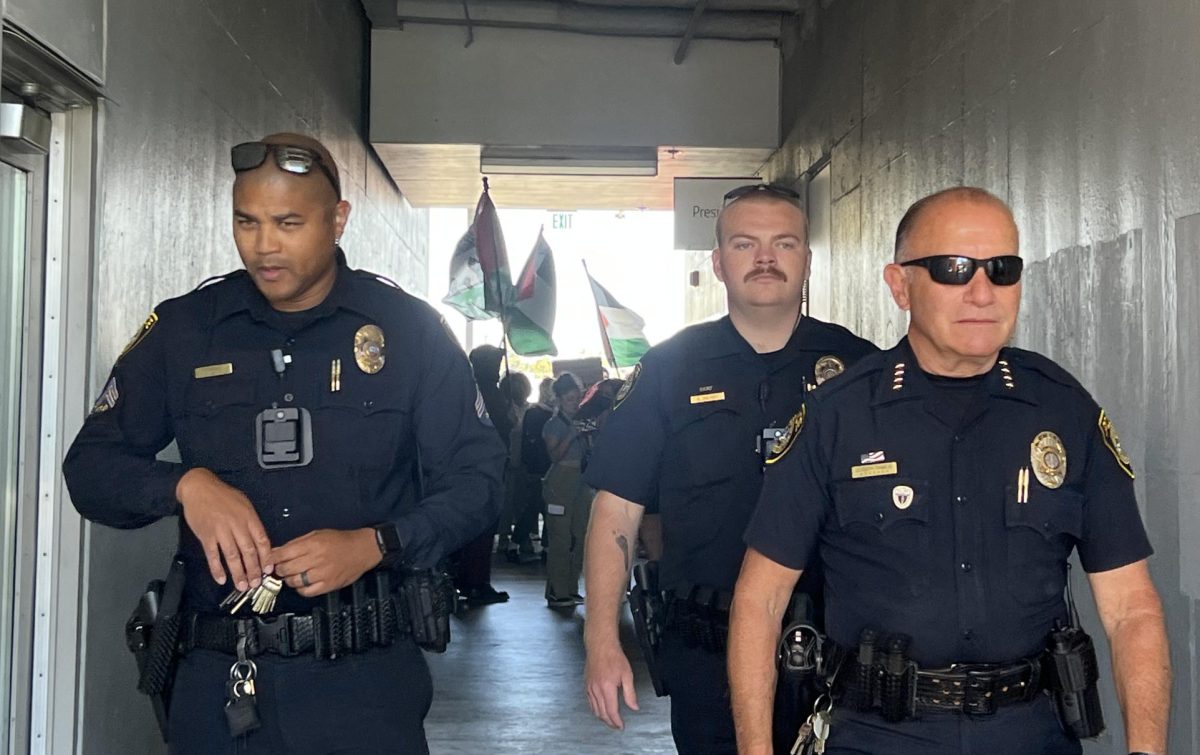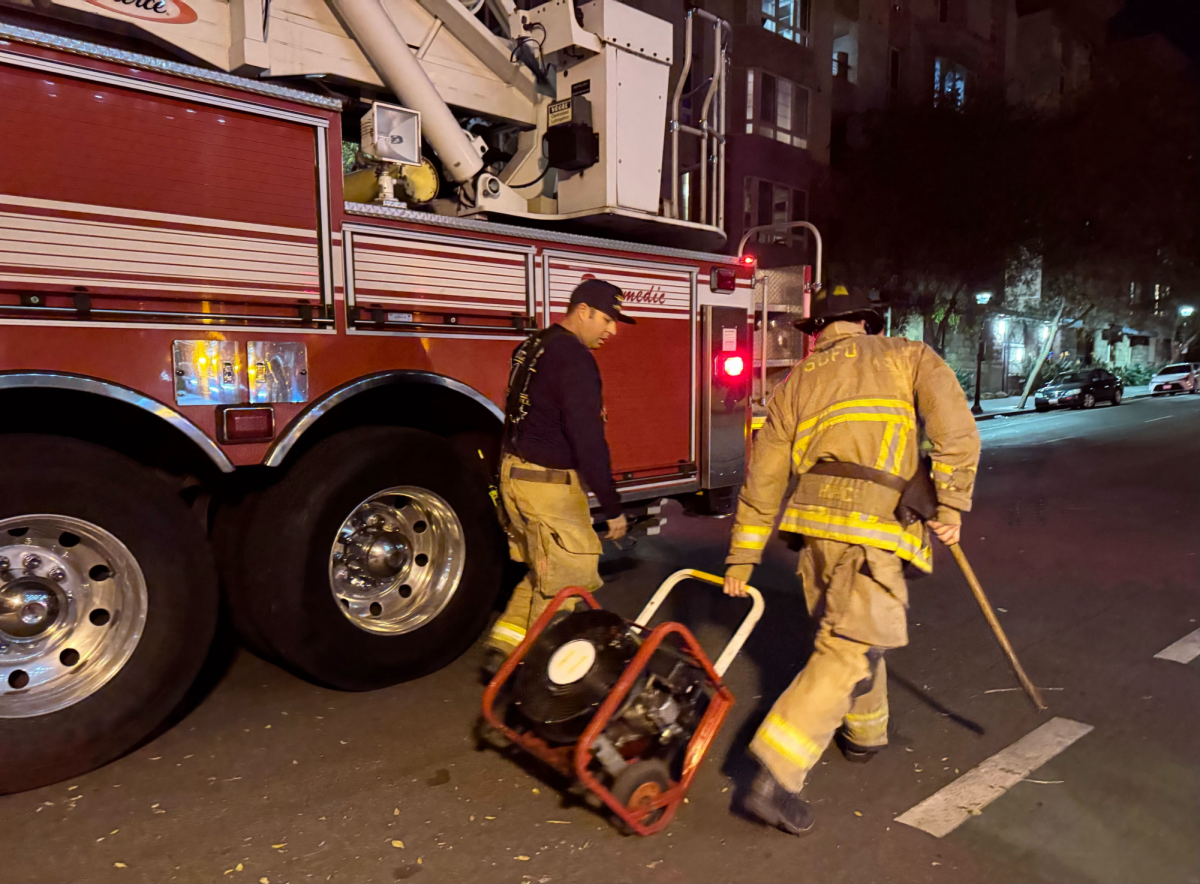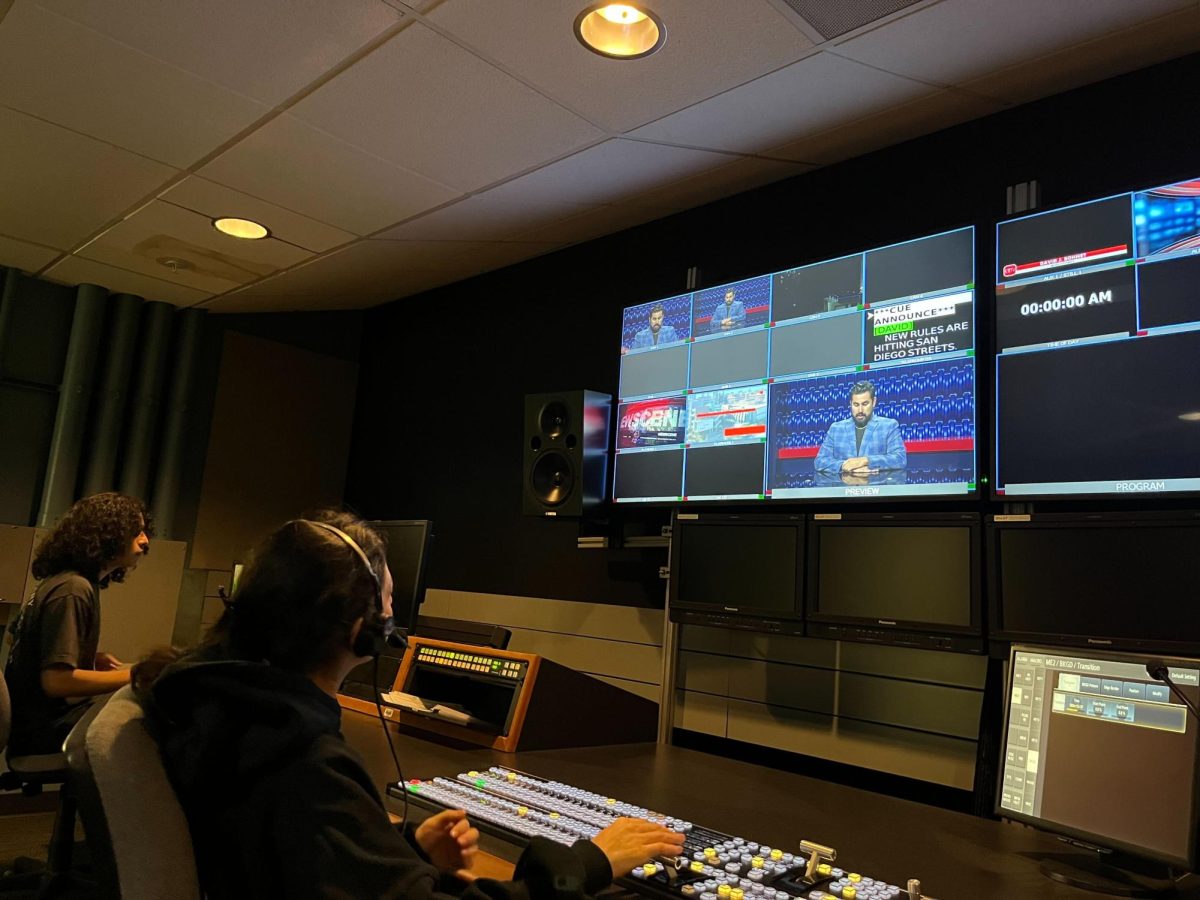Whitney Lawrence
City Times
To keep up with the pace of ever-changing technology, San Diego City College has placed publicly accessible Automated External Defibrillators (AED) in several locations around campus.
Since 2002, City College has “had a few defibrillators on campus which were not publicly accessible” according to Dotti Cordell, director of Student Health Services. With the recent addition, there are now eight AEDs which are readily available to any passer by, and five which are considered “program deployed”.
The AEDs are publicly accessible in the reprographics and duplicating area: (room A8, lower level of the A-building in the self-serve copier room), the lobby area of Saville Theatre and the Learning Resource Center, the cafeteria, Cosmetology (S building), and on the first and second floors of the Harry West Gym. Other defibrillators are available in the fitness center, the campus police cruiser, campus police offices (T-211), student health services (A-116), and one travels with athletic trainers to City College games and athletic events.
According to the American Red Cross, “An AED is a device about the size of a laptop computer that analyzes the heart’s rhythm for any abnormalities and, if necessary, directs the rescuer to deliver an electrical shock to the victim. This shock, called defibrillation, may help the heart to reestablish an effective rhythm of its own.” AEDs use voice prompts and pictures to instruct users how to place small adhesive electrodes to a persons’ body if they have undergone sudden cardiac arrest.
City College is now in the beginning stages of adding AED location indicators to the maps of campus, as well as exploring training options for students and faculty.
“I want to talk to Clemente Valdez (Associated Student president) and see how best to get a large group of students to have a mini training. What people need to know is that these trainings are not big eight hour sessions in CPR, but simply to learn where [the defibrillators] are, what they do, and that you basically need to ‘open lid’ and the machine will talk you through it,” Cordell said.
While the AEDs are not mandatory Cordell says “We simply want to make the campus as safe and health promoting as possible. It has been demonstrated that having these defibrillators publicly accessible saves lives.”







